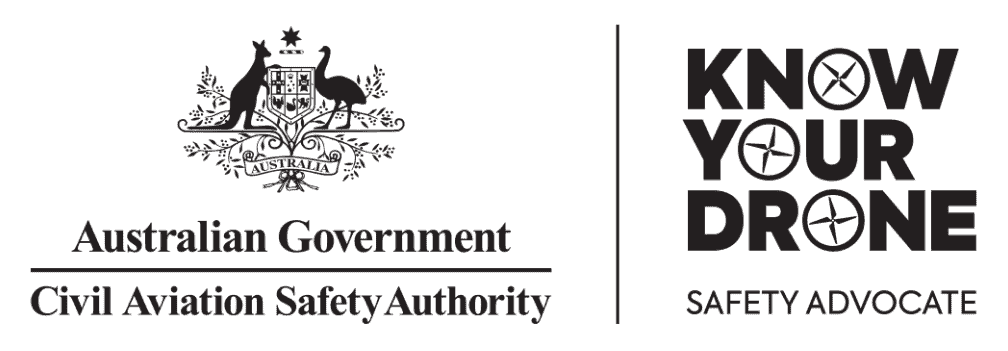Since the invention of the drone, the application of the technology across industries has expanded dramatically, with more practical uses emerging in recent years than once thought possible.
Beyond the original intended military training purposes, what are drones used for?
Drone pilots and their unmanned aerial vehicles are on the way to becoming an essential tool for everything from environmental law enforcement to traffic monitoring to aerial photography, with significant benefits for all who use technology and information.
In this blog, we’ll explore the use of unmanned aerial vehicles in five key industries, from conducting search and rescue operations during natural disasters to capturing high resolution imagery and aerial perspectives.
TL;DR
- Drone technology has gone from strength to strength in recent years, with more industries taking advantage of the opportunity to cut costs and increase efficiency.
- Emergency services, environmental activists, agriculture and education are amongst the groups and industries most fervently embracing the change.
- The applications of drone technology are continually expanding as forward-thinking companies develop educational programs geared towards preparing students for new careers.
Drones in Emergency and Rescue Operations
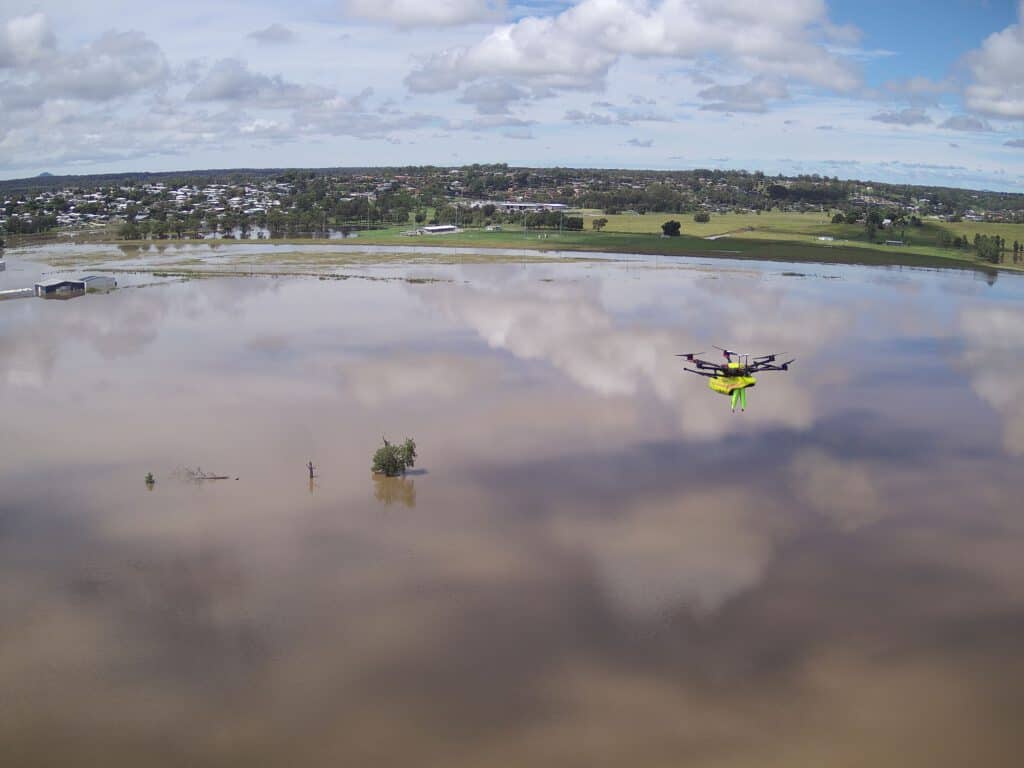
Arguably, the most important technological advances are those that contribute to a better, safer world for all, and drones have become a great example of this, revolutionising disaster management and search operations for emergency services teams.
The advantages of drone operations in time-critical situations are manifold, with some of the key perks including:
- Pinpoint accuracy. Equipped with the latest high-definition cameras, modern drones are capable of quickly and accurately detecting targets and potential hazards, contributing to greater efficiency and lower costs.
- Reduced response time. Given the urgency of search and rescue missions, timing is critical, and every second saved is important. In these situations, the accuracy of drone cameras combined with the capacity for rapid movement makes it easier to save lives.
- Increased safety. By significantly reducing the need for human interference in search and rescue missions, drones make these situations safer for all involved, particularly those stationed behind the remote control.
Of course, this desire to enhance safety also applies in a preventative capacity, which has inspired companies like RipperCorp to develop new remotely controlled AI software for the purpose of detecting potential dangers – sharks and crocodiles in the water, for example – and preventing emergencies from devolving into disasters. Dubbed Spotter AI, the technology has been used to detect everything from marine life like sharks and crocodiles to rips in the ocean and even people.
Drones in Wildlife Survey and Research
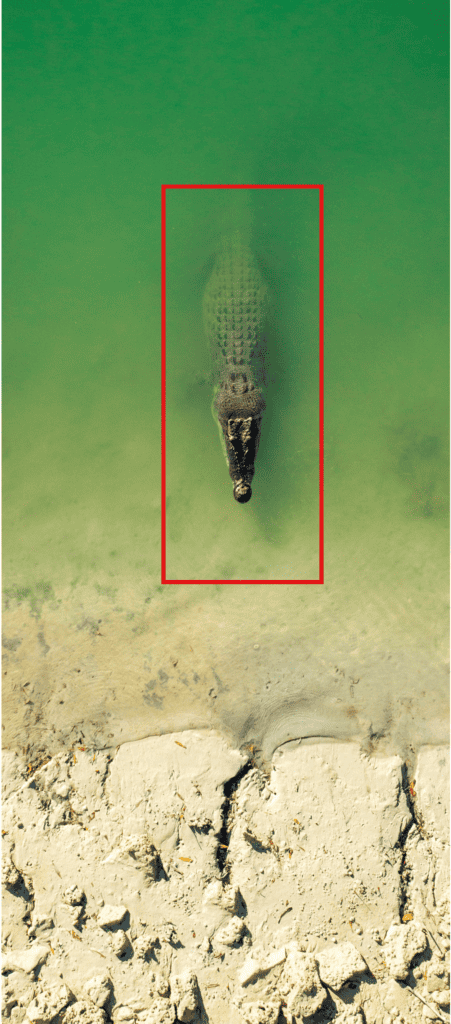
In recent years, the need for efficient, effective wildlife research has grown in line with our global focus on environmentalism and climate change, and the drone industry is already playing a critical role in collecting important data.
Conservation drones are equipped to handle the wildlife surveying and data collection process with minimal human interference, making it possible to collect more accurate, authentic information.
Let’s explore some of the many ways in which drones have already contributed to improved quality of research in wildlife surveillance projects.
Data collection
With their capacity to collect data on air quality, water quality, soil health and pollution levels, and send it to environmental agencies and researchers, drones have become an important tool for environmental monitoring.
The information drones are capable of collecting – from close range or from a bird’s eye view – is invaluable in the creation of environmental plans and the monitoring of outcomes.
Weed treatment and monitoring
A single drone can make a significant contribution to wetland restoration through weed treatment and monitoring. Drones have played a key part in projects such as those run by the environmental organisation Greening Australia, for example.
While projects often still require more “traditional” tools and equipment such as rakes, shovels, saws and spray packs, the high resolution cameras fitted on modern drones make them a valuable tool for mapping weed infestations by size and location, calculating the treatment area, and ultimately delivering cost savings.
Wildlife population monitoring
When it comes to taking care of wildlife populations, drones can be used to locate targets, count and track, and capture footage particularly where endangered species are concerned.
The Harry Butler Institute is a perfect example of this work in action, having developed a creative new approach to surveying marine populations. The innovative method involved allocating drones to small grids, simplifying the process of recording and categorising marine sightings.
Drones in Complex Operations (Solar Farms, Power Pole Inspections)
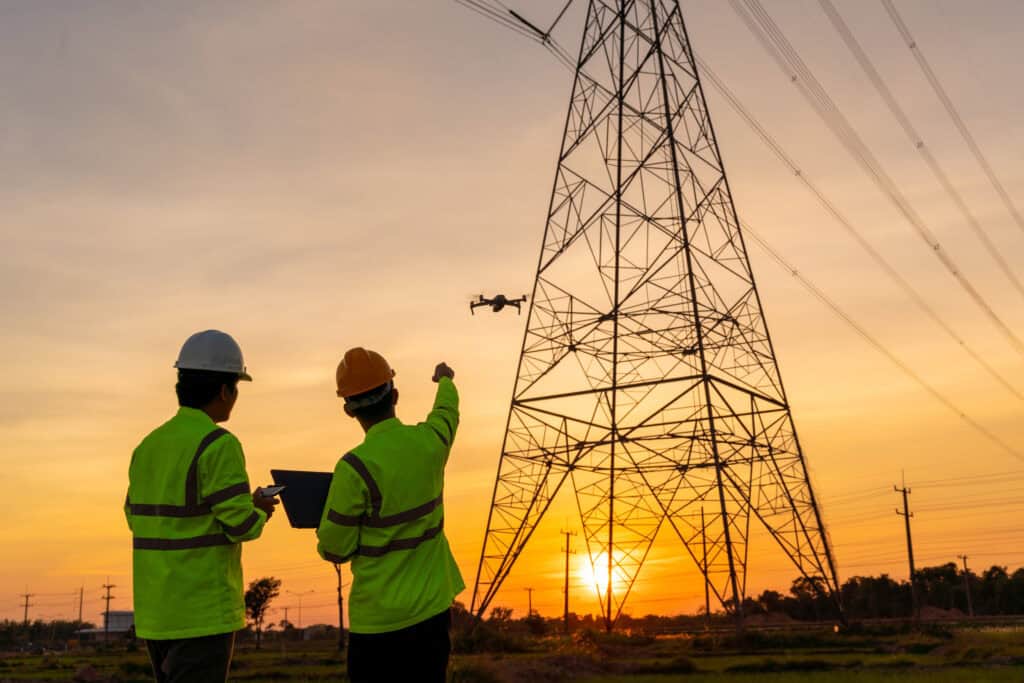
Drones used in complex operations, particularly those classified as construction drones, are high value for businesses and contractors.
Solar farm inspections, for example, have historically required a team effort, increasing costs and potential complications for business owners. Fortunately for farm owners and operators, the power of precision brought about by drone technology can take much of the stress out of this process.
As many solar farms are located in rural and remote areas, the travel involved in conducting an inspection – especially where a team of professionals is involved – can be prohibitive. The comparatively minimal cost of an inspection by drone makes this alternative very attractive to service providers.
Modern drones are designed to assist with complex and sometimes dangerous situations – drone inspections in the vicinity of power poles, for example – without placing human lives at risk.
With advanced sensors, thermal imaging features, and high-tech cameras, drones can conduct aerial surveys and collect high quality aerial footage with speed and precision.
Leading drone and technology companies deliver these drone services in a way that prioritises safety, compliance and efficiency. For organisations seeking a long-term in-house solution, effective training provided by companies like Ripper Corp is essential and has become increasingly popular.
These operations can be incredibly dangerous if carried out by individuals with insufficient knowledge and experience, and we’re committed to minimising that risk by providing highly effective custom enterprise drone training,”
Jamie Holyoak, Ripper Corp Commercial Manager and Chief Remote Pilot
Drones in the Agricultural Sector
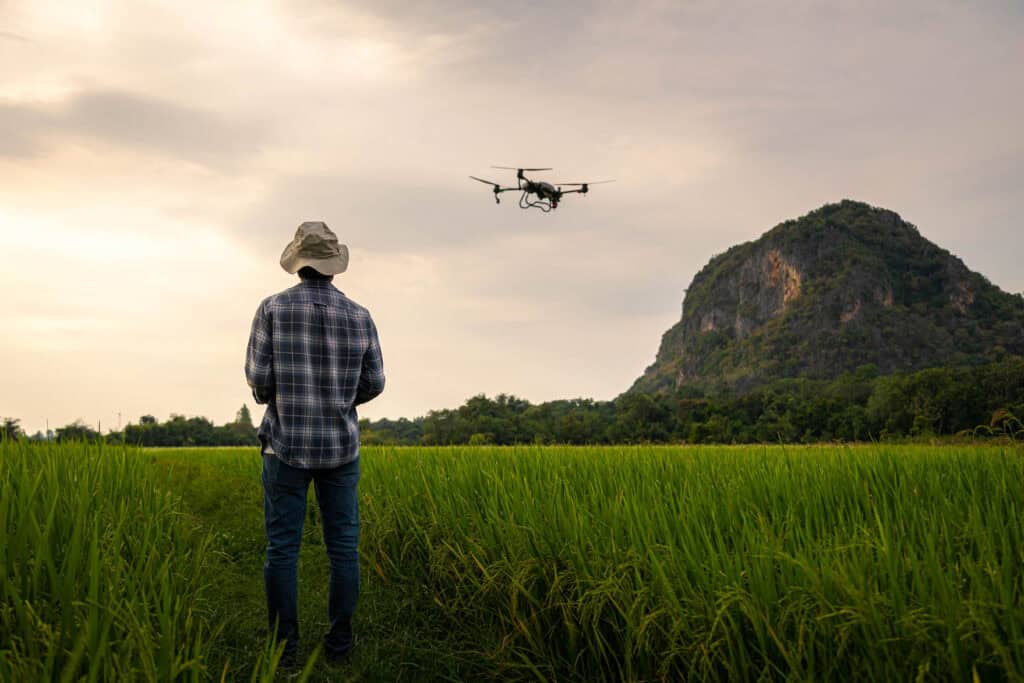
The agriculture industry is another that has experienced transformative change due to the impact of drone technology, which has made it much easier for farmers to manage expansive properties within budgetary limitations.
Capable of performing a variety of tasks at speed and with great accuracy, drones save farmers valuable time and energy out on the land.
Here are a few of the specific benefits farmers reap through the use of drone technology:
Cost savings
Drones can perform a wide variety of agriculture tasks formerly done by human hands at low cost, from seed planting, crop monitoring and irrigation management to equipment inspections, livestock tracking and general security.
Minimising the need for human interference with technology that is controlled remotely significantly reduces overheads by saving time and ultimately making processes more cost effective.
Increased access
An unmanned aircraft can make many previously out-of-reach areas accessible, eliminating the need for action that would place human lives at risk – during infrastructure inspections, for example.
New high-tech information
Drones have the ability to provide accurate field mapping including elevation information, enabling growers to find and adapt to any irregularities in the field.
Educational Role of Drones
The introduction of new forms of technology often opens up a range of brand new educational opportunities for those who wish to learn new skills or take off on a new career path.
There are plenty of careers in which drone training could deliver significant benefits, including those listed above – surf lifesaving, environmental management, farming, law enforcement and surveying to name a few – and the many possible future uses yet to be realised.
In fact, the possibilities brought about by drone technology are so intriguing that many educational institutions have started offering qualifications in drone operation, while companies like Ripper Corp have gone so far as to create dedicated drone training institutes.
The Ripper Aviation Academy offers drone courses that teach students a variety of essential skills spanning various uses of drones, from basic theory and practical drone operation to surveillance and mapping.
Thorough education and preparation leaves students fully prepared for a career in the drone space – and as the industry continues to grow, these skills will only become more valuable and sought-after.
Conclusion
So what can drones be used for? A better question might be what can’t they be used for?
There’s almost no limit to the range of purposes for which drones are equipped, handling everything from detailed data and aerial photographs to medical samples and food deliveries – and ongoing advancements are bringing about new possibilities all the time.
From emergency scenarios and law enforcement to wildlife and farm monitoring and even the schoolyard, this technology has applications in so many processes, and new developments and uses are emerging all the time.
Suffice it to say, when it comes to the use of unmanned aerial vehicles in future generations, the sky is the limit.

